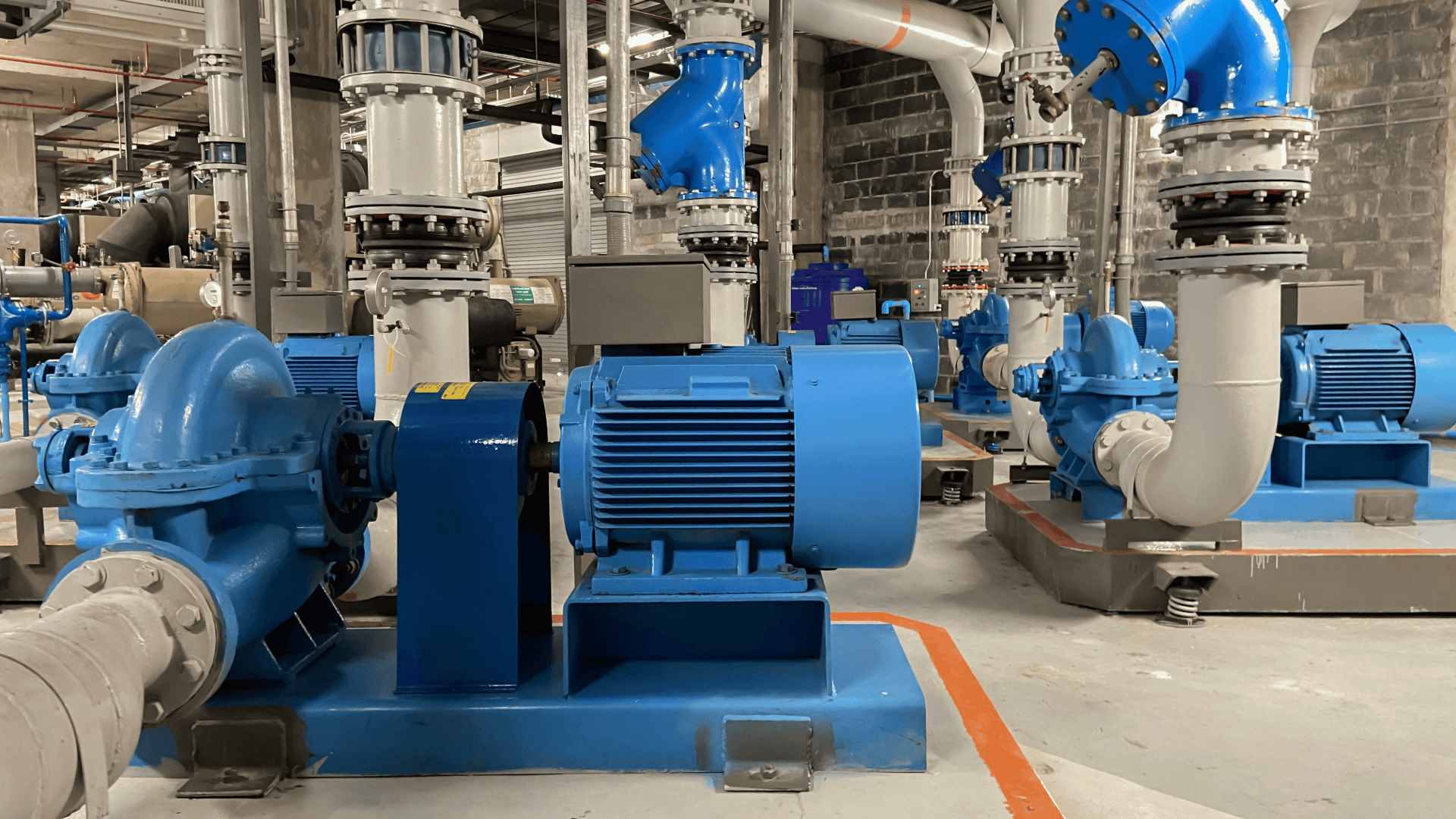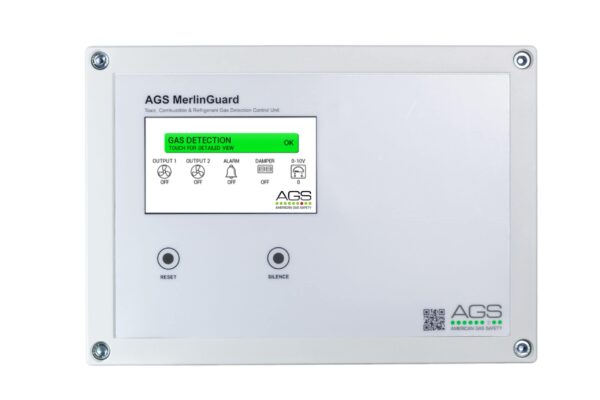Transitioning to Lower GWP Gases and Addressing the Imposed Dangers
In the dynamic landscape of HVACR systems, the ongoing transition from traditional refrigerant gases to new, low global warming potential (GWP) alternatives represents a pivotal shift towards sustainability. With a keen eye on environmental preservation, industries are embracing these newer gases for their enhanced efficiency and reduced environmental impact. However, amidst this transition, it’s crucial to acknowledge the inherent dangers posed by these innovative refrigerants, particularly their increased flammability, necessitating heightened safety measures and stringent code requirements involving refrigerant leak detection.
As regulatory bodies like ASHRAE pave the way for a greener future, the industry witnesses a remarkable evolution in refrigerant usage. The advent of hydrofluoroolefins (HFOs) and other low-GWP refrigerants marks a significant milestone in mitigating climate change and ozone depletion. Notable examples include HFO-1234yf, HFO-1234ze, and HFO-1233zd, each offering unparalleled environmental benefits compared to their predecessors.
However, with progress comes responsibility, and the transition to these new refrigerants introduces novel challenges. Unlike their predecessors, many of these newer gases exhibit heightened flammability, necessitating meticulous attention to safety protocols. Among the list of more flammable refrigerants are R-32, R-454B, R-454C, and R-290, each offering reduced environmental impact but demanding a robust safety framework.
In response to these evolving dynamics, ASHRAE is at the forefront of establishing stringent code requirements to ensure the safe integration of these new refrigerants. A new amendment to ASHRAE’s publication of ASHRAE 15 & 32 are due to be released this year, 2024. These impending codes are due to underscore the imperative for increased leak detection within confined spaces, elevating the importance of proactive safety measures and comprehensive monitoring systems.
Enter American Gas Safety (AGS) and its cutting-edge MerlinGuard refrigerant gas detection offering. Engineered to meet ASHRAE 15 & 32 codes for refrigerant gas detection in chiller rooms. With over 40 refrigerant gases available, including both existing refrigerant gases used in systems already installed and new gases to be released in future equipment. The MerlinGuard offers alarm outputs to control ventilation, shutdown equipment, and seamlessly integrate with building management systems, ensuring unparalleled safety and compliance. Learn more here.
Furthermore, AGS extends its commitment to safety with the AGSRG for Variable Refrigerant Flow (VRF) systems, catering to commercial, residential, and academic applications. Boasting over 40 compatible gases and Bacnet communications, the AGSRG is future-proofed to align seamlessly with forthcoming code requirements from ASHRAE. Learn more here.
As we navigate the transition to a sustainable future, American Gas Safety stands ready to support projects requiring gas detection solutions. Whether it’s safeguarding chiller rooms or optimizing VRF systems, our expertise and innovative offerings are poised to meet the evolving needs of the industry.
For inquiries or recommendations tailored to your specific requirements, reach out to American Gas Safety or your local representative today.





